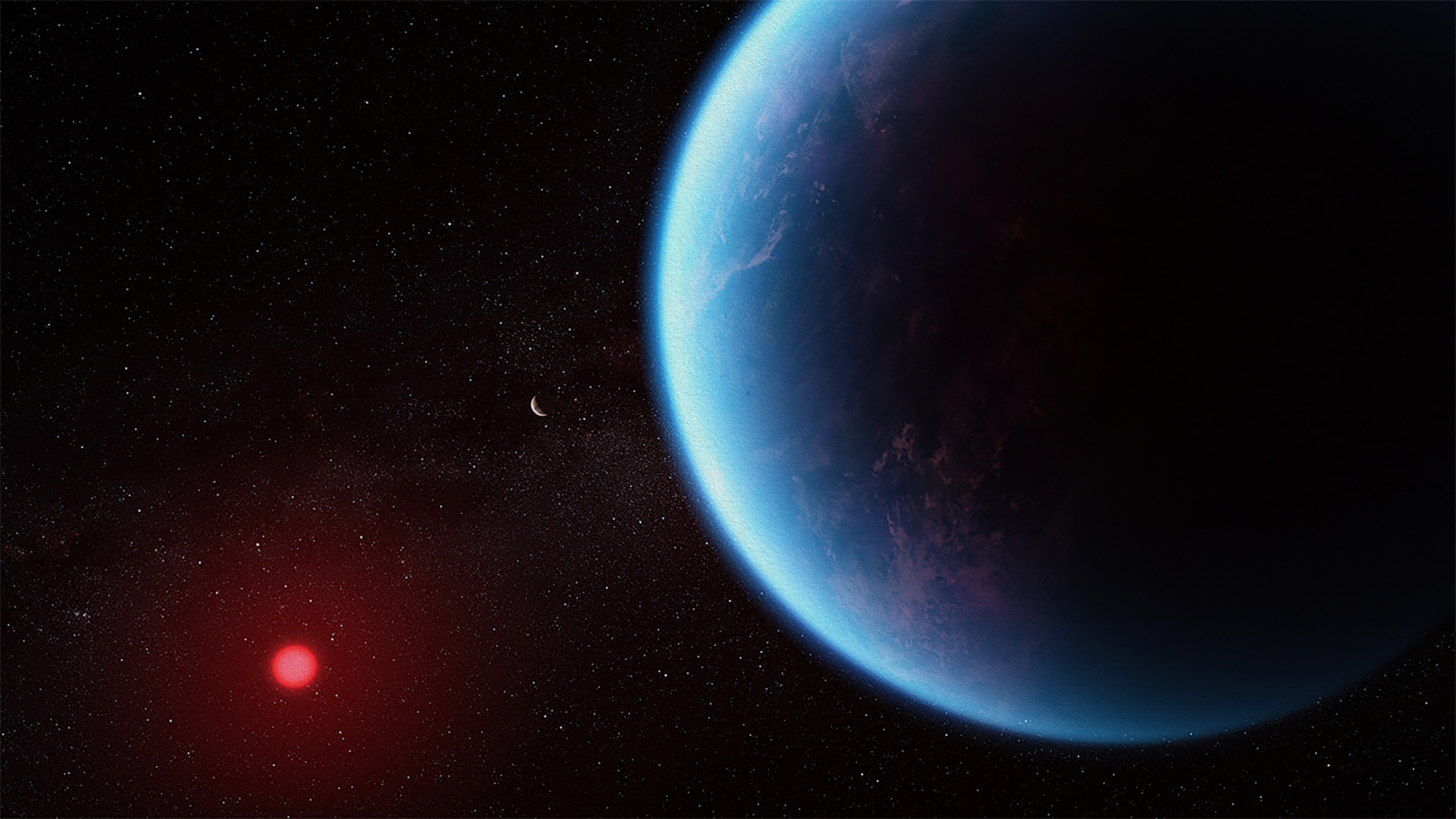Dangers To Astronomy Intensify With SpaceX’s Latest Starlink Launch
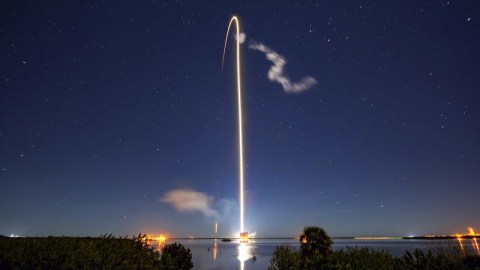
The problem is going to get a lot worse before it gets better, and the decision is all up to SpaceX whether they’ll fix it.
On Wednesday morning, January 29, 2020, SpaceX successfully launched their fourth train of 60 Starlink satellites. Designed to become part of a satellite array providing 5G services worldwide, the first phase will total 1,584 satellites, with eventual plans to expand to ~12,000 and then ~42,000 to increase coverage, connectivity, and data throughput. SpaceX is just one of many companies — including Amazon, OneWeb, TeleSat and others — with plans to launch 5G-providing satellite mega-constellations this decade.
But there’s an enormous cost to one of humanity’s greatest and oldest resources: the night sky. These swarms of satellites are not only an unprecedented source of light pollution to skywatchers and amateur astronomers, but threaten ground-based astronomy as never before. The problems generated by SpaceX’s Starlink satellites, currently the single largest source of both active satellites and of this new type of space pollution, has created a crisis for thousands of astronomers worldwide.
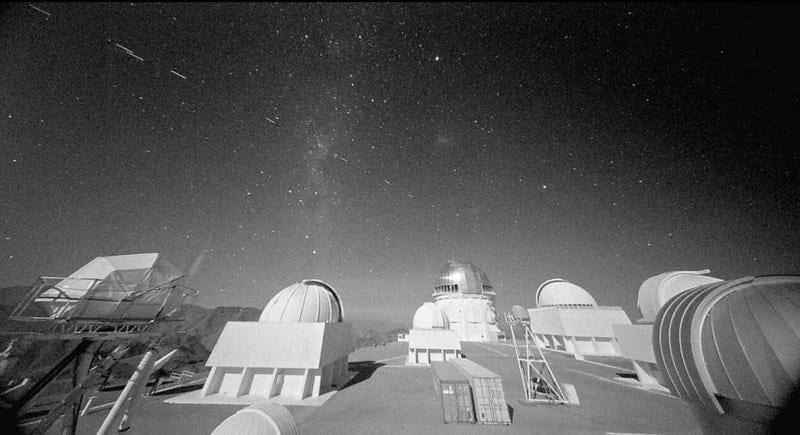
We’ve had satellites for a long time, and astronomers have been able to deal with them while still extracting maximal scientific value from their instruments. This current threat posed by these burgeoning mega-constellations, however, is unlike anything the astronomy community has ever faced before: something that astrophysicist Kelsey Johnson has expounded upon in a recent TED talk.
Previous satellites were:
- located in predictable orbits, where their positions could be predicted well in advance and avoided with strategic observing schedules,
- low in brightness, which means that when one was observed, it created no lingering effects once it passed out-of-view of the telescope,
- low in number density, so that once an offending satellite passed, the astronomical target could be observed again without delay,
and either in low-Earth orbit, where they would pass quickly and be completely dark after astronomical twilight, or were in geosynchronous orbit, where they would move slowly and be very dim due to their great distance from Earth.
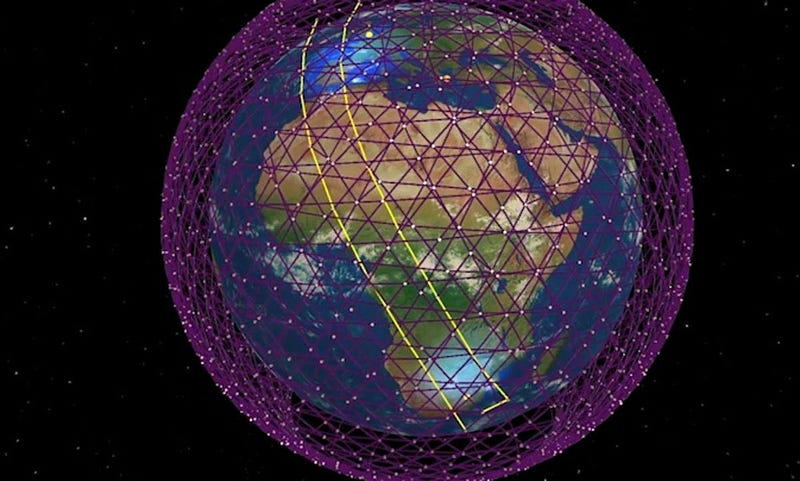
However, the Starlink satellite array is bringing a host of new problems that astronomers are ill-equipped to deal with. The satellite paths themselves are designed to be in orbits that require constant course-correcting, where artificial intelligence needs to control their positions and trajectories to adjust in real-time. The Starlink satellites, as noted by astronomer Daniel Caton, are individually brighter than more than 99% of all other satellites, even when boosted to their final orbits of ~550 km.
And their configuration is designed to be in a series of intersecting trains, so that when one satellite is done passing through a specific region of sky, another one follows closely behind. If your observing target is going to get photobombed by one Starlink satellite, you can expect that many more — perhaps even dozens more, as some observatories have already experienced — are soon to follow.
The most important action that a company like SpaceX can take is to reduce the overall brightness of these satellites. Astronomy uses the magnitude system to discuss brightness, where larger numbers are fainter. The brightest stars are magnitude -1; the faintest naked-eye stars are magnitude +6; typical binoculars reveal stars of magnitude +8 or +9; a modern, wide-field telescope like Pan-STARRS can detect objects down to magnitude +24, while Hubble deep field observations go as faint as magnitude +30.
Most astronomers, based on what they had seen with previous telecommunications satellites, were anticipating that these satellite trains, upon their low-altitude launch, would be at about magnitude +4 or +5, and would dim to magnitude +8 or +9 once they were in their final orbits. However, with no specifications provided, they were reliant on SpaceX to self-regulate and, as radio astronomer Ruskin Hartley put it, be good stewards of the night sky.

When the first Starlink train launched in May of 2019, it stunned the astronomy community, and not in a good way. The satellites were about a factor of ~20 brighter than expected, coming in at magnitude +2, placing newly-launched Starlinks among the top 50 brightest stars in the night sky. Even in their final orbits at much higher altitudes, Starlinks remain at magnitude +5: visible to the naked eye and, most troublingly, well above the saturation limits of modern astronomical detectors.
Speaking at the 235th meeting of the American Astronomical Society, astronomer Patrick Seitzer, who specializes in how optical astronomy is affected by satellite constellations, expressed his surprise.
We knew these tens of thousands of mega-constellations were coming, but based on the sizes and shapes of things currently in orbit, I thought they’d be maybe eighth or ninth magnitude. We were not expecting second or third magnitude.
What troubles astronomers more, however, is that SpaceX has repeatedly claimed to be surprised by the brightness of their satellites as well.
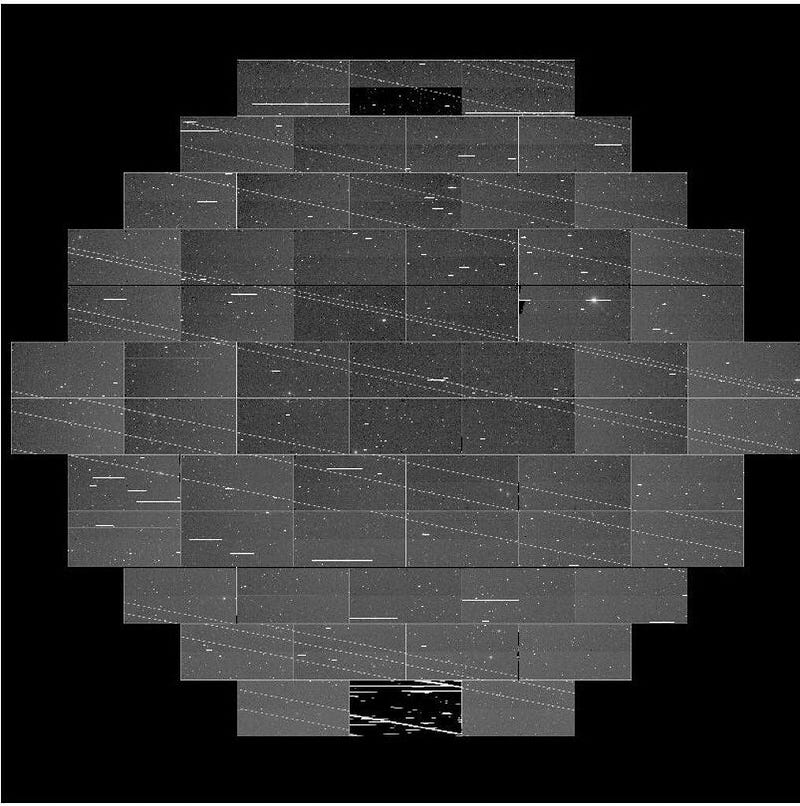
On December 6, 2019, SpaceX President Gwynne Shotwell said, “No one thought of this. We didn’t think of it. The astronomy community didn’t think of it.” At the American Astronomical Society’s 235th meeting, on January 8th, 2020, invited speaker Patricia Cooper, Vice President of Satellite Government Affairs for SpaceX, reiterated a similar message: “Our level of brightness and visibility was a surprise to us.”
The reason these statements are so troubling to the astronomical community is that there are no circumstances under which a satellite company should be surprised by the brightness of their satellites. Based on just a few simple physical parameters:
- size and reflectivity of the components,
- orientation with respect to the Sun and the Earth,
- and your distance above the Earth’s surface,
you should know exactly what your brightness will be. The only reason you would be surprised, scientifically, is if you didn’t perform adequate tests to know what the results would be beforehand. Astronomer Rachel Paterno-Mahler went as far as to call SpaceX’s commitment to astronomy “lip service.”
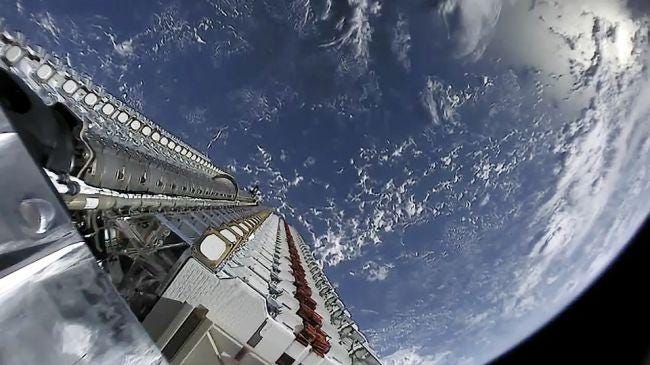
The “surprise” statements by SpaceX are an indication to many astronomers that they didn’t care to do their homework. What’s more troubling to the community is the lack of urgency demonstrated in fixing the brightness problem now that it’s impacting astronomy. Although SpaceX has been very receptive to discussions, as reported by Lowell Observatory director (and chair of the AAS committee on satellite constellations) Jeff Hall, they have taken minimal action thus far.
Since the problem was first identified back in May of 2019, SpaceX has only placed one experimental coating to darken 1 out of the 180 satellites that have been launched since, including zero (out of 60) in the most recent batch. During the Q&A phase of the American Astronomical Society’s relevant session, SpaceX’s Cooper revealed that new trains of 60 satellites would continue to launch every 2 weeks until all 1,584 were up, irrespective of the test results of the one darkened test satellite.
These comments led astronomer Andrew Sevrinsky to draw the following conclusion:
This… baffles me. Everyone says they can fix this, but of course they’re not going to fix it properly unless they have to. They’ll make minor changes for the sake of appearances, sure, but not even half of what they could.

The impact that these satellite constellations will have on astronomy is enormous. The search for potentially hazardous asteroids and comets, the most dangerous objects in the entire Universe to our species’ survival, is best conducted shortly after sunset and before sunrise: exactly when these satellites are maximally offensive. The identification and measurement of transient and variable events, such as supernovae, flares, and variable stars, is something we’ll lose in mitigating these bright interlopers. The Super ASAS-SN (yes, pronounced “assassin”) network has been tweeting enormous numbers of ruined observations from Starlink, alone, already.
The whole reason is that differential astronomy — a technique that searches for astronomical changes from one image/frame to the next — relies on identifying small, subtle changes in brightness or position. When a large change occurs, such as from the passage of a bright interloping satellite, small changes cannot be seen. At the present brightnesses, the detectors get easily saturated, ruining any observations for minutes afterward.
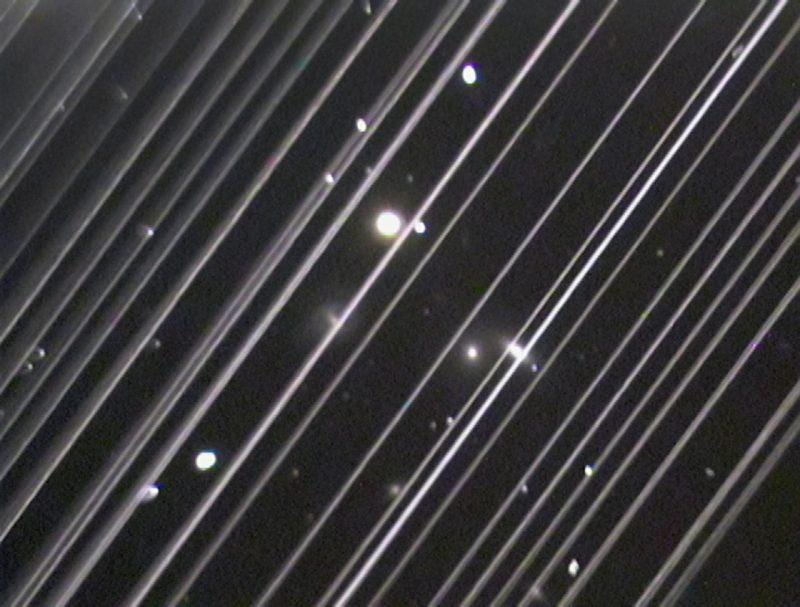
As astronomers’ instruments continue to improve, they become more sensitive to fainter objects while simultaneously becoming better able to image larger, wider fields-of-view. The Vera C. Rubin Observatory, which will house the largest, deepest wide-field telescope ever built — the Large Synoptic Survey Telescope — will be most severely impacted by this network of satellites.
Two of its science specialties are searching for potentially hazardous objects and transient events, and with a wide field-of-view and deep imaging capabilities, it’s plausible that there will always be more than one satellite in its field-of-view by mid-decade. As astronomer Vivienne Baldassare noted, the original Starlink design will 100% saturate its detectors. Even if the satellites change, as Tony Tyson of LSST noted, the observatory itself will still be forced to alter its operations on multiple fronts.
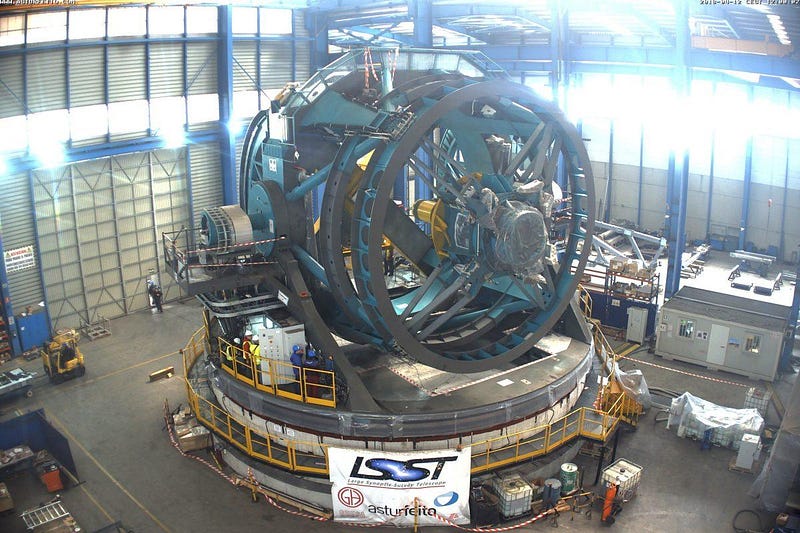
Elon Musk himself came forth to state the following about Starlink after the American Astronomical Society’s meeting:
We’ve had good discussions with leading astronomers. One way or another, we’ll make sure Starlink doesn’t inhibit new discoveries or change the character of the night sky.
The problem, as astronomers have been loudly noting to no avail, is that Starlink is already doing both of those things, with Vivienne Baldassare noting that about two hours of prime observing time, about 20% of the night, are significantly impacted by Starlink already.
Perhaps the most promising technical solution for most astronomical observers is the Stealth Transit system, put forth by a team of Russian scientists led by Vlad Pashkovsky. If we can know, to within ~one second precision, when a satellite will cross a telescope’s field-of-view, a special shutter could close for the duration of the pass, reopening immediately thereafter and preventing the detector from saturating, irrespective of brightness.
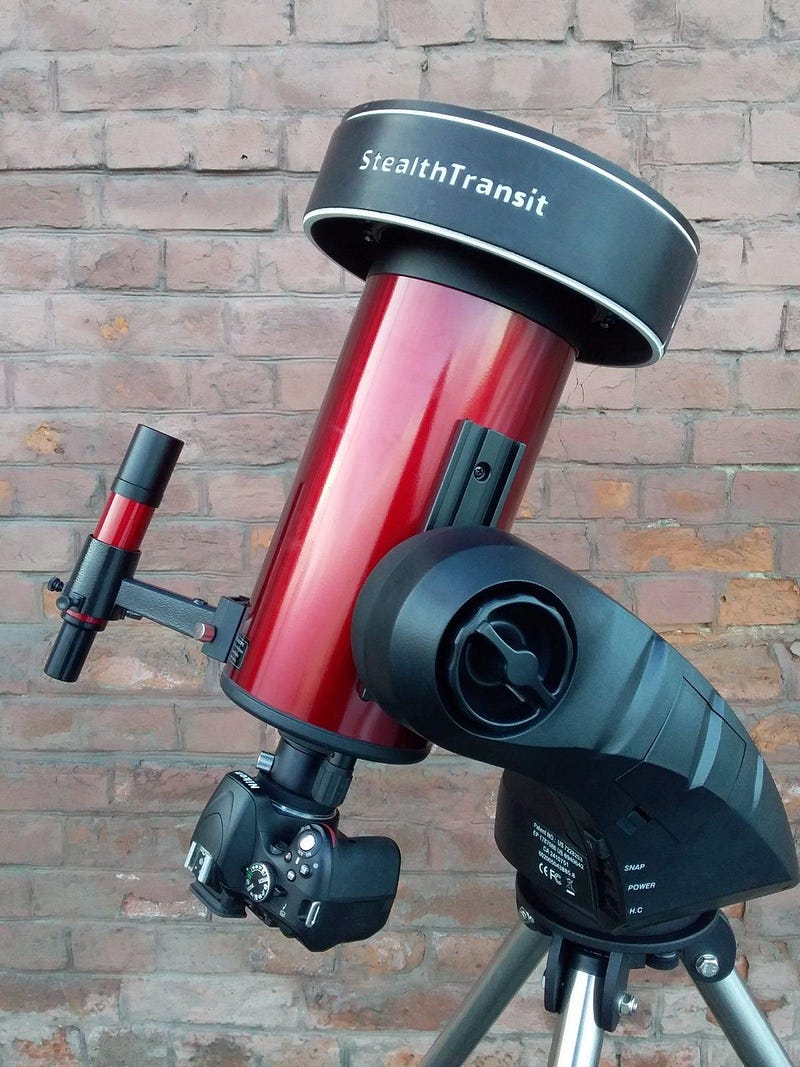
Unfortunately for astronomers, Starlink and the other coming mega-constellation networks, of tens of thousands of satellites apiece, really are a problem for astronomy. They present real hardware problems that cannot be fixed with software alone, and the ground-based observatories perform tasks that cannot be replaced with space-based initiatives. Until regulations are put into place and take effect — which astronomers know they cannot wait for, even though some contend that the FCC’s approval of Starlink may have been illegal — the world will have to rely on SpaceX and other companies to voluntarily regulate themselves.
As astronomer Caitlin Casey put it, “The fact that one person, or one company, can take control and completely transform humans’ experience of the night sky, and not just humans, but every organism on Earth … that seems profoundly wrong.” Despite the concerns voiced by astronomers, and the promises made to the community by SpaceX, unfettered launches of maximally offensive satellites appear poised to continue indefinitely. SpaceX is now the largest operator of satellites in the world, and unless they start making major changes extremely soon, the science of astronomy itself will be forever changed for the worse.
The author has reached out to SpaceX, but has not received a response.
Ethan Siegel is the author of Beyond the Galaxy and Treknology. You can pre-order his third book, currently in development: the Encyclopaedia Cosmologica.


